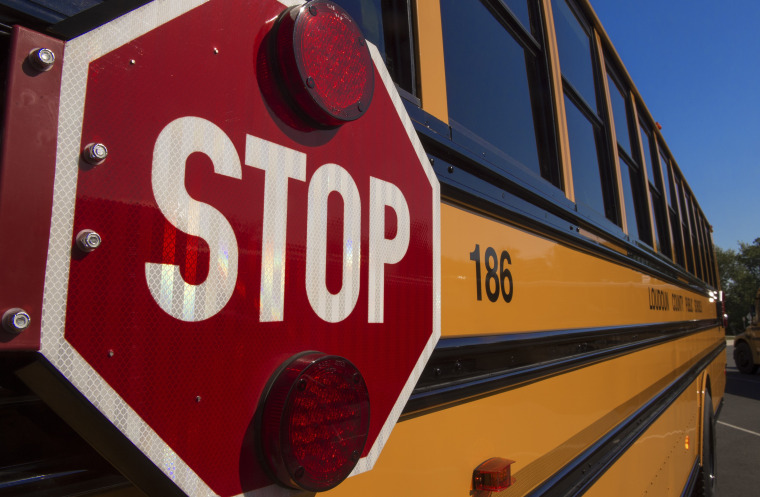As part of Obama’s “My Brother’s Keeper” initiative, the administration is now launching a program to help combat chronic truancy in schools across the nation – aiming for a 10 percent decrease each year.
The new program “Every Student, Every Day” is focused on the 5 to 7.5 million students who are chronically absent each year (approximately 18 days) and will partner with U.S. Departments of Education, Health and Human Services, Housing and Urban Development, the Justice Department, and individual communities to combat the issue.
“It’s common-sense – students have to be in their classrooms to learn, yet too many of our children, and most often our most vulnerable children, are missing almost a month or more of school every year,” said U.S. Secretary of Education Arne Duncan in a press release. “Through this national initiative we are partnering with communities and providing tools to help our all of our young people attend school every day, so that they are learning the skills and knowledge they need to succeed in school, careers and life.”
The initiative will gather data on absenteeism in the Civil Rights Data Collection for the first time ever and afterwards hold a summit in spring 2016 to help communities implement strategies to focus on change. Through encouraging mentoring, implementation of proven strategies including: early warning prevention and identification systems, and public awareness campaigns to educate parents and students, the administration hopes to put a dent in the issue.
“Kids who are chronically absent from school are much more likely to drop out later – and not only do they miss the opportunities that come through education, but they are also at greater risk of involvement with the justice system,” said Attorney General Lynch in a press release.
As part of the MBK initiative, President Obama challenged cities and towns across the country to become “MBK Communities,” and to implement “a cradle-to-college-and-career strategy for improving the life outcomes of all young people.”

And some communities are already doing just that.
The “Show Up, Stand Out” (SUSO) program in Washington D.C. is helping minority students in elementary and middle school drop their truancy rates. A Justice Grants Administration initiative that was launched in 2012 at 17 schools in the city, the program partners with community organizations to help students overcome obstacles that prevent school attendance - and they are succeeding.
“This program allows the government and my office to work collaboratively with community-based organizations throughout the city, to help bring to bear substantial resources on families and students who are in significant need of assistance,” said Edward Smith, the SUSO program director in an interview with NBCBLK. “Without these types of programs we would not have as much flexibility and nimbleness in addressing some of our cities most significant problems.”
The program, which is now in its 4th year and serves 3,000 students, has two streams, elementary and middle school. The elementary side focuses on working with parents to provide solutions for problems that can keep kids out of school – from homelessness to health problems, while the middle school model hones in on school-based clubs, mentorship, and peer-to-peer support to encourage more kids to attend. 99 percent of the students in the program are Black or Latino.
86 percent of middle school youth who were referred to SUSO during the (2013-2014) school year were not re-referred for the first three terms of the next year, and 71 percent of those students increased their attendance by the end of the year.

In alignment with the national initiative, the program is now launching a student-focused public awareness campaign that will be housed in metro stations and on buses throughout the district. It will highlight the things that students miss out on when they skip school.
“I have seen firsthand the transformative impact that this program has made on the lives of students particularly African American and Latino children,” said Smith. “Show Up, Stand Out is fostering independence, ambition, commitment to academics and determination among minority students to take the steps that will put them on a path for a successful future. Coming to school every day is an integral part of that.”
